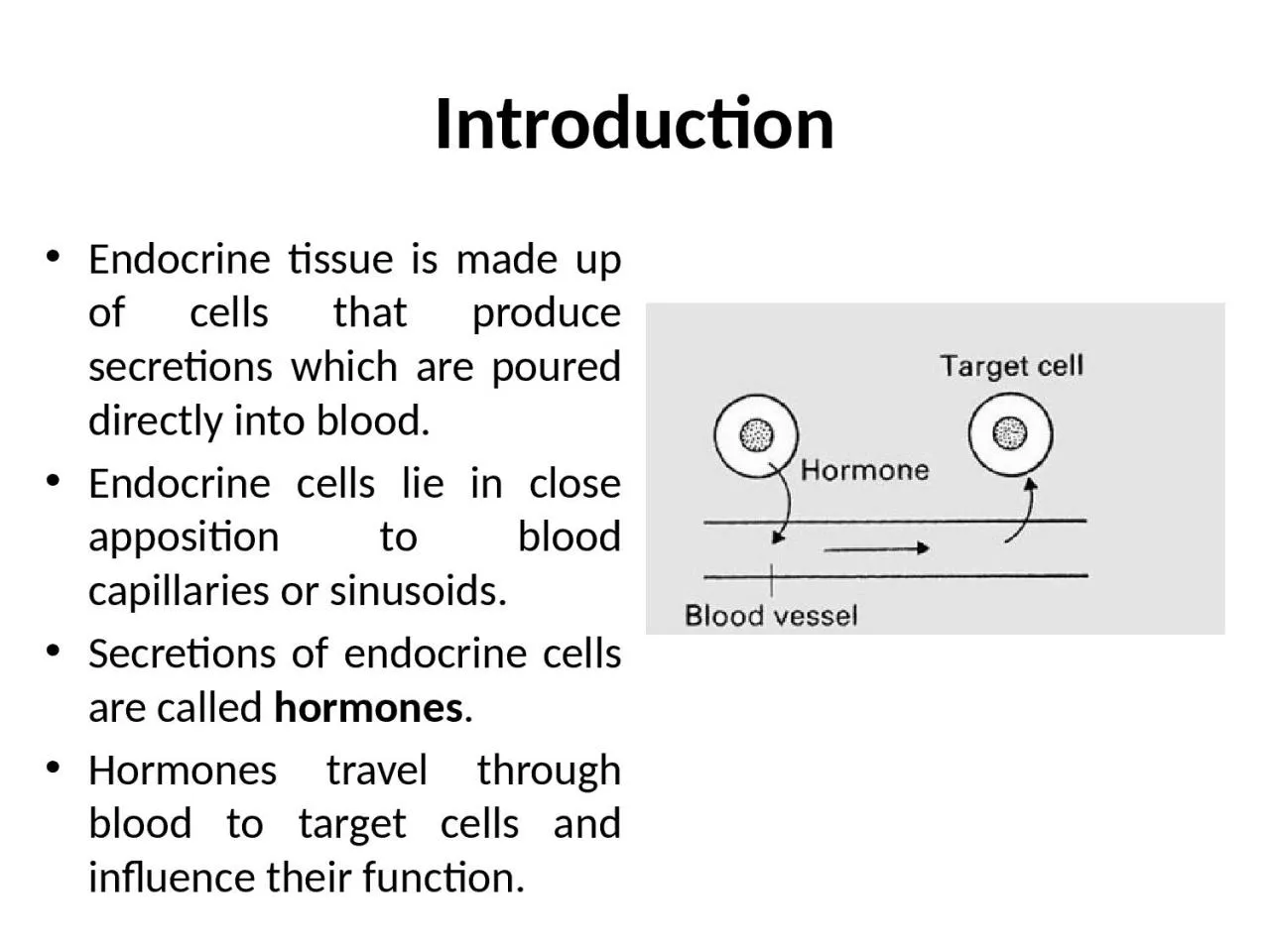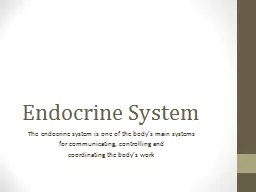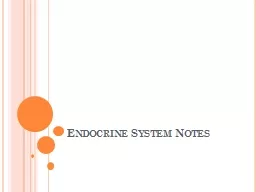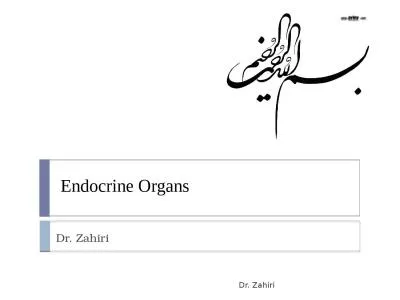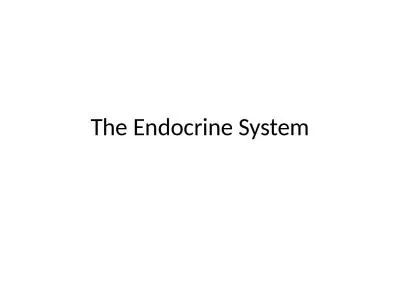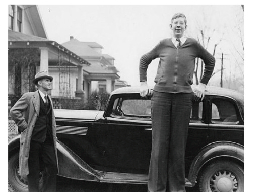PPT-Introduction Endocrine tissue is made up of cells that produce secretions which are poured
Author : patricia | Published Date : 2024-03-13
Endocrine cells lie in close apposition to blood capillaries or sinusoids Secretions of endocrine cells are called hormones Hormones travel through blood to target
Presentation Embed Code
Download Presentation
Download Presentation The PPT/PDF document "Introduction Endocrine tissue is made up..." is the property of its rightful owner. Permission is granted to download and print the materials on this website for personal, non-commercial use only, and to display it on your personal computer provided you do not modify the materials and that you retain all copyright notices contained in the materials. By downloading content from our website, you accept the terms of this agreement.
Introduction Endocrine tissue is made up of cells that produce secretions which are poured: Transcript
Download Rules Of Document
"Introduction Endocrine tissue is made up of cells that produce secretions which are poured"The content belongs to its owner. You may download and print it for personal use, without modification, and keep all copyright notices. By downloading, you agree to these terms.
Related Documents

